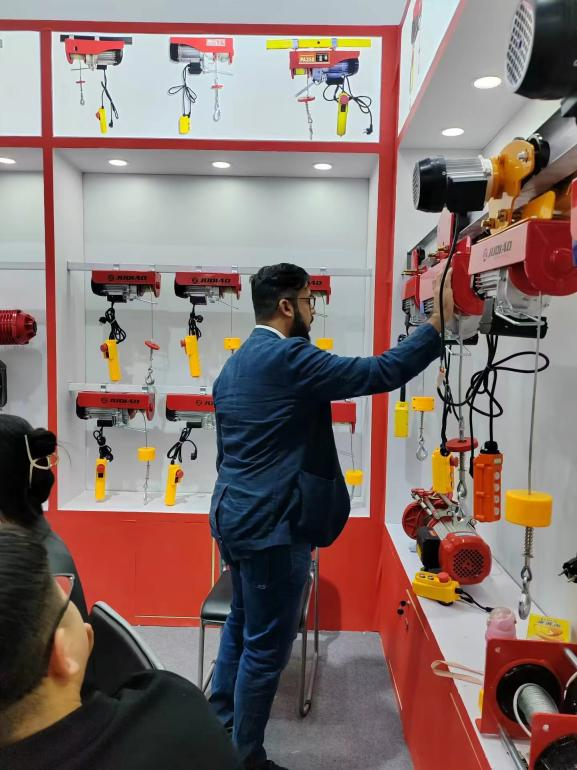


Understanding the Mini Electric Hoist Capacity A Comprehensive Overview
In today’s fast-paced industrial environment, effective lifting solutions are crucial for maximizing efficiency and productivity. One such solution that has gained significant attention is the mini electric hoist. Compact, powerful, and versatile, mini electric hoists have become essential tools in various applications, from home renovations to industrial construction. Understanding the capacity of these hoists is vital for their successful deployment.
What is a Mini Electric Hoist?
A mini electric hoist is a small, electrically powered device used for lifting heavy loads. These hoists come in various designs and capacities, making them suitable for different lifting tasks. Their compact size allows for easy transportation and maneuverability, making them particularly useful in tight spaces where larger equipment might not fit.
Capacity Considerations
When evaluating a mini electric hoist, capacity is one of the most critical factors to consider. The capacity of a hoist generally refers to the maximum weight it can safely lift. This specification varies widely based on the model and construction of the hoist. Most mini electric hoists are designed to lift loads ranging from 200 kg to over 1000 kg.
Understanding the capacity involves more than just looking at the maximum weight. Users must also consider the application for which the hoist will be employed. For instance, lifting a load of 500 kg on a flat horizontal surface may be easier than lifting the same weight vertically. Additionally, the conditions in which the hoist will be used, such as temperature, humidity, and dust levels, can affect its performance and durability.
Choosing the Right Capacity

Selecting a mini electric hoist with the appropriate capacity for your specific needs is crucial. A hoist that is too small for the task can lead to mechanical failure, while an excessively powerful hoist can be unnecessarily expensive and challenging to manage. Here are some tips to help determine the right capacity
1. Assess the Load Weight Before making a purchase, accurately determine the weight of the loads you plan to lift. Consider any additional factors, such as the weight of slings or hooks.
2. Factor in Safety Margins It’s always wise to choose a hoist with a capacity that exceeds your maximum load requirement. A common practice is to add a safety margin of 20-30% to ensure reliability and safety during operation.
3. Consider the Application Think about how often you will use the hoist and in what environment. For industrial settings where loads may frequently reach near maximum capacity, a hoist with a higher rated capacity would provide better durability.
4. Examine Hoist Features Look for hoists equipped with features such as overload protection, emergency stop buttons, and durable cables, as these can enhance safety and reliability.
Conclusion
In conclusion, the mini electric hoist is an invaluable tool for various lifting applications. Understanding its capacity is vital for selecting the right hoist for your needs. By carefully assessing load weights, accounting for safety margins, and considering the specific application, users can make informed decisions that ensure efficient and safe lifting. Whether for personal projects or industrial use, a well-chosen mini electric hoist can significantly improve productivity and safety in lifting operations, making it an essential asset for many professionals and DIY enthusiasts alike.



